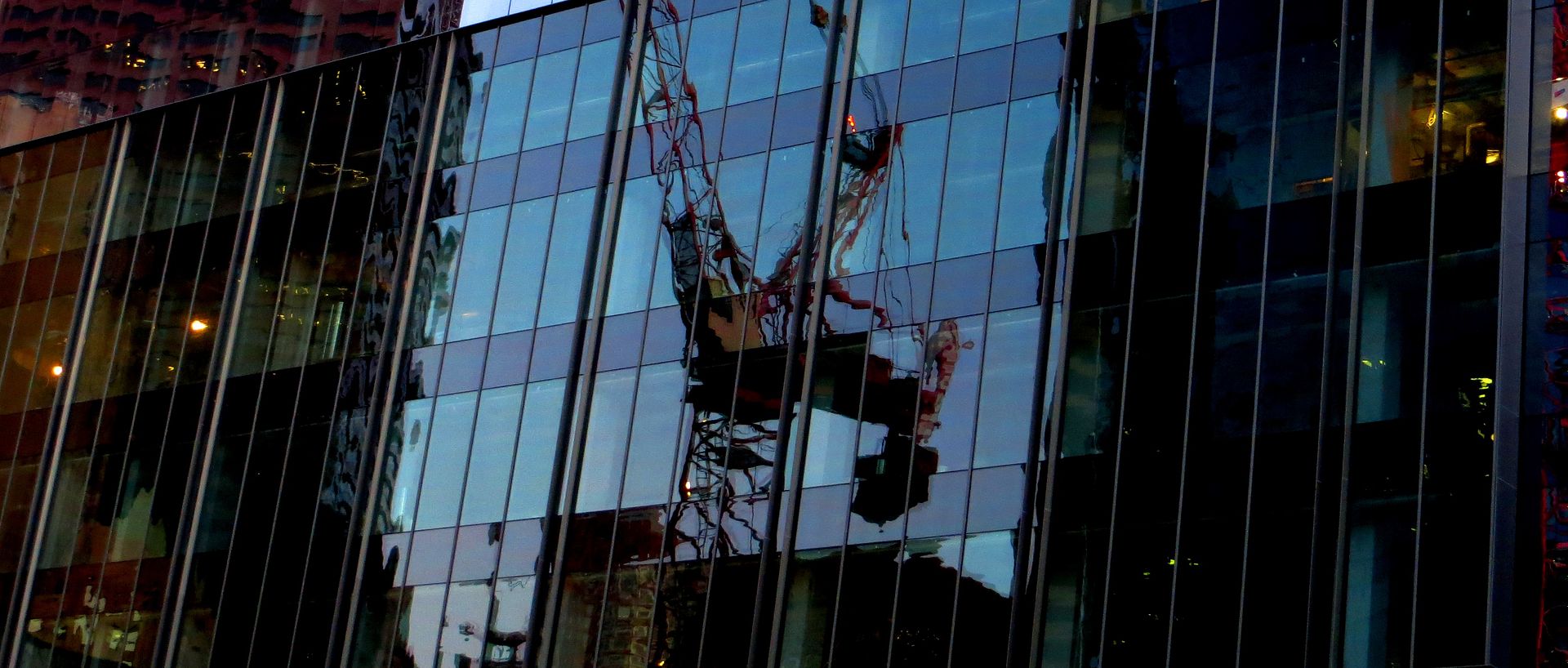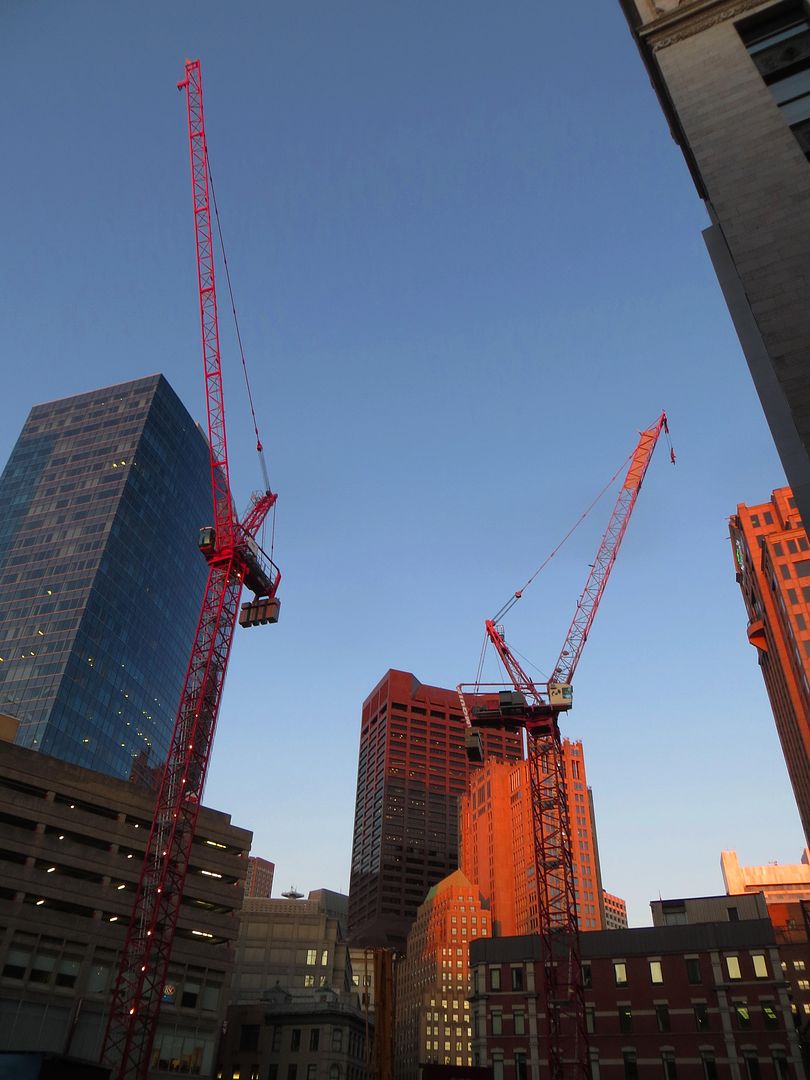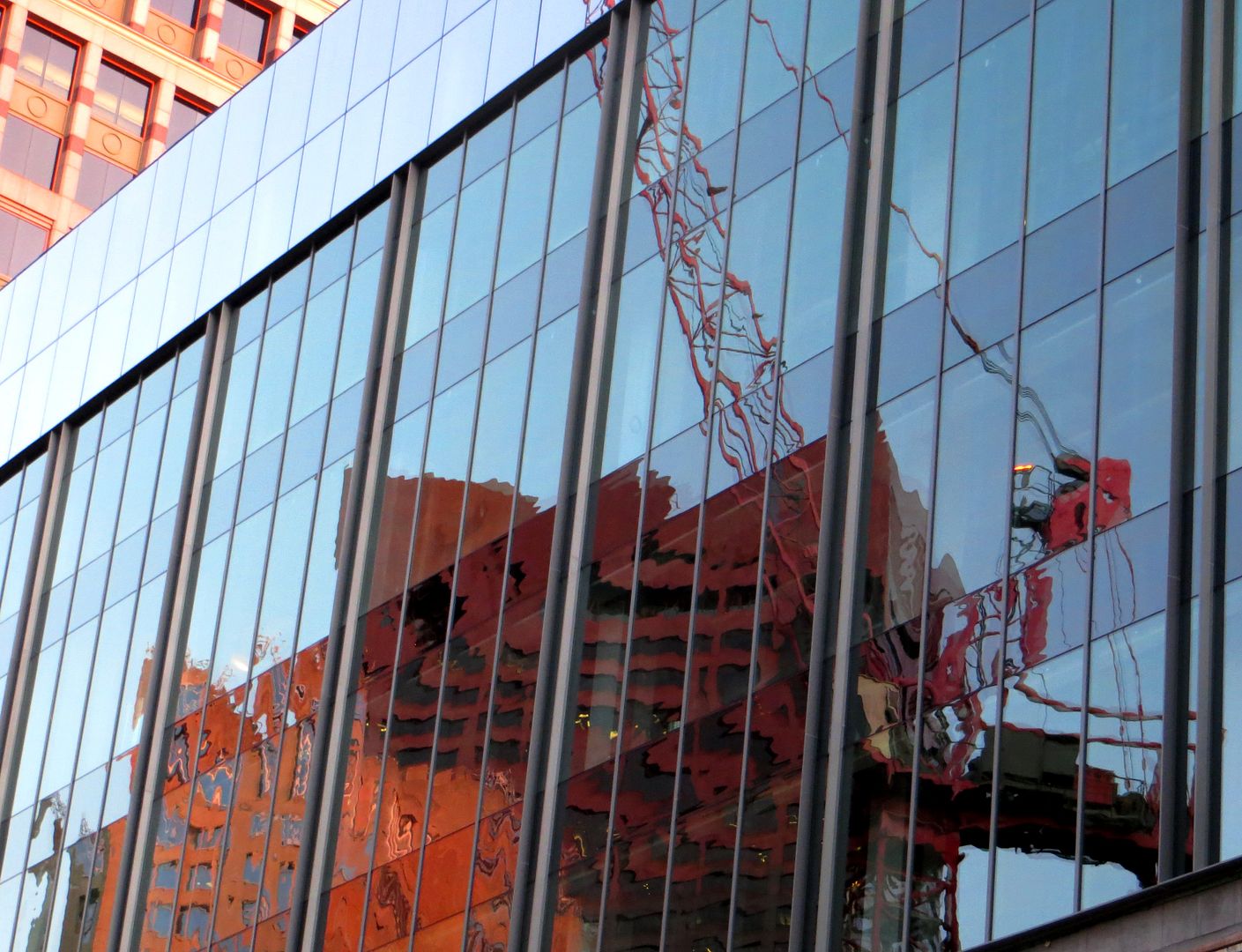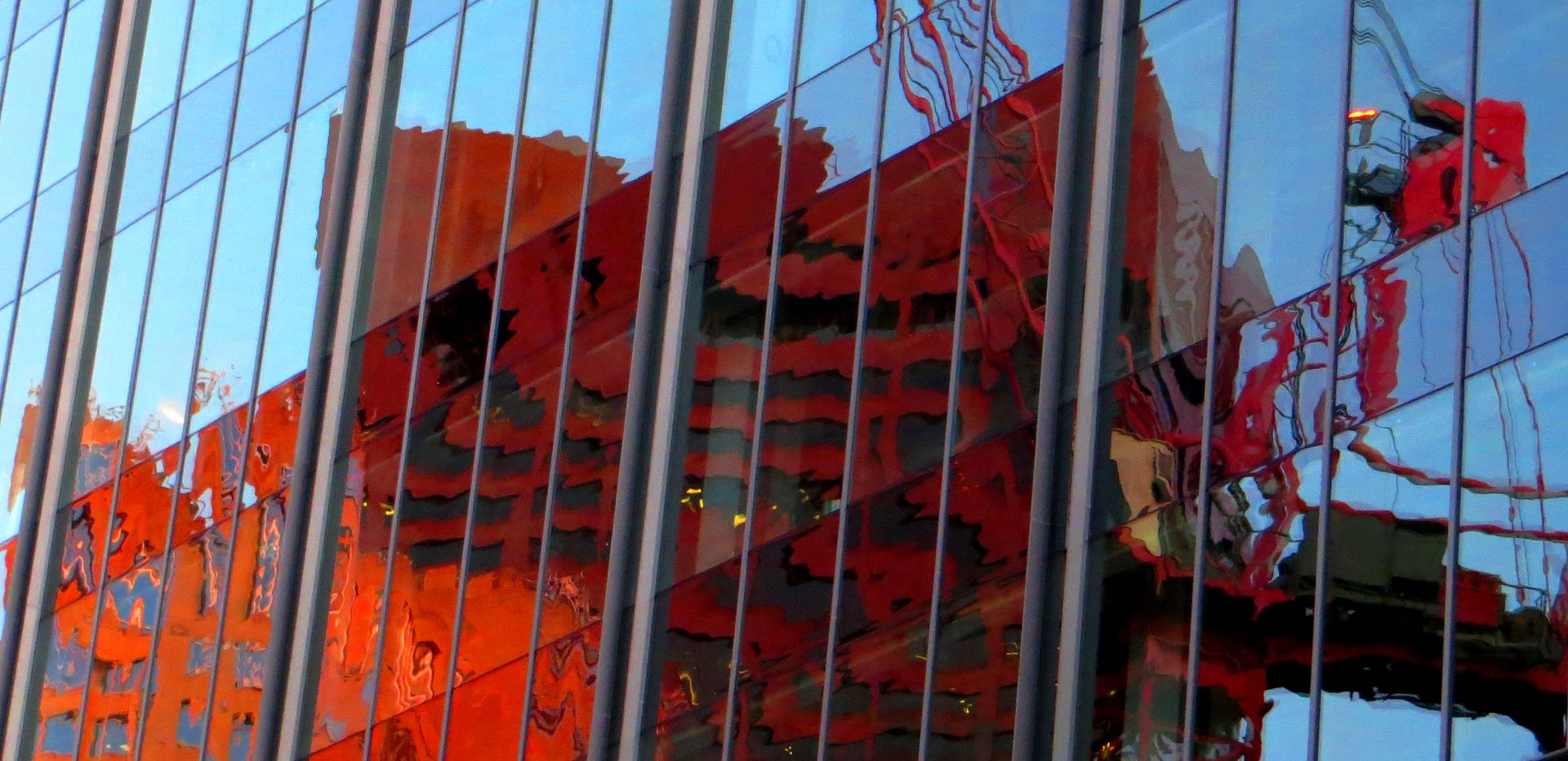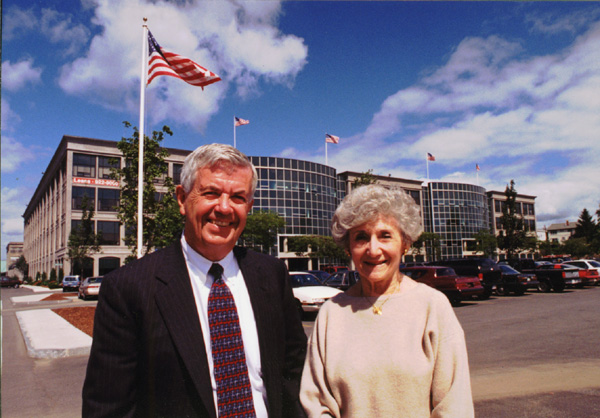If you are interested in the history of reinforced concrete, look no farther than Beverly, Massachusetts.
Highlights from an article located at a link below -
Engineer Ernest L. Ransome, who co-authored the 1912 book, "Reinforced Concrete Buildings", is noted for the use of iron rods to reinforce concrete.
His involvement in the construction of the massive United Shoe Machinery Corporation structure in Beverly, now the mixed-use Cummings Center.
In 1997, none other than architect critic (deceased) Ada Louise Huxtable, lauded the building, calling it the most significant concrete landmark in America. She described Ransome as "the father of reinforced concrete".
Her comments, the accomplishments of Ransome and the history of "The Shoe" can be found at this link,
http://www.cummings.com/arc.html
Pulitzer Prize winner Ms. Huxtable is shown here with Cummings Properties founder Bill Cummings in front of the complex.
Some information on Cummings Center and more comments from Ms. Huxtable are found in this link,
http://www.cummings.com/ccinfo.html


